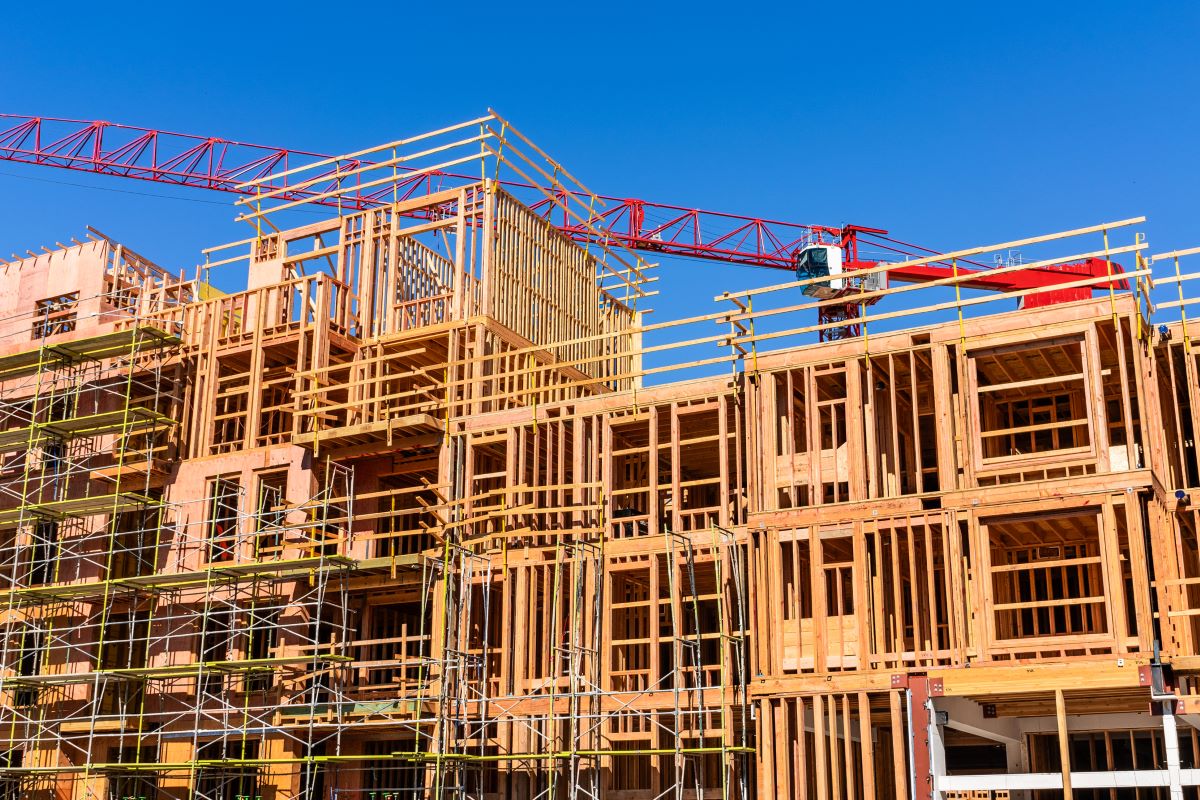A new policy brief suggests that state lawmakers need to pass laws that encourage a “culture of yes” around affordable housing development but cautions that such changes can be difficult to sustain.
Researchers from the Terner Center for Housing Innovation at UC Berkeley compiled the brief by interviewing 22 land use attorneys and city planners in California about recent housing policies like SB 35, which streamlined approvals for affordable housing projects, and the state’s Housing Elements law update. It was released as other state legislatures consider enacting legislative packages that preempt local entitlement laws, also known as permitting, zoning, and planning.
“There have been positive, measurable impacts on construction starts within some specific housing domains, and interviewees expressed optimism that process changes could unlock significant increases in homebuilding in the future,” the 25-page brief concludes.
Over the last five years, California has enacted over 100 new laws that seek to increase the number of affordable homes in the state. A couple of notable examples include Senate Bill 9, which effectively ended single-family zoning in the state, and Assembly Bill 2221, which restricted the ability of local planners to prohibit accessory dwelling units.
Out of all the bills California lawmakers passed, researchers found that bills encouraging local authorities to shift to a “culture of yes” were the most impactful in boosting housing production. This shift includes passing laws that “signal to city staff and elected officials that housing is a matter of statewide importance.”
California’s Housing Elements law is one example of that culture shift.
The law requires state planning agencies to adopt housing plans that meet or exceed the state’s affordable housing production goals. According to the law, jurisdictions that fail to adopt such reports can be sued by the California Attorney General and have state funding withheld.
However, the brief also caveats that “it is too early to know” whether these laws will impact California’s housing shortage long-term.
“Implementation takes time, and the length of time it takes for any new housing development to get off the ground means that it can take several years before a law’s impact takes effect,” the brief states.
Researchers also found that laws that streamline approvals and clarify design standards for affordable housing projects have helped to increase housing production.
Data from the Center for Continuing Study of the California Economy also seems to support this finding. A CCSCE study from August 2022 concluded that housing permit applications had increased by 15% year-over-year up to more than 71,000. This occurred after many of California’s new housing laws were passed.
Interviewees mentioned that these laws also provided a range of benefits for developers, from allowing more units on a given site to clarity around setbacks. The brief argues that these benefits “suggest possible pathways that could be applied to housing production more broadly.”
Lawmakers in Colorado and Montana are currently debating similar bills as well.
Despite these successes, some interviewees also expressed skepticism that California can sustain its efforts.
One glaring issue that some pointed to is that many cities simply don’t have the staff or expertise to “effectively implement the large changes in land use policy,” the brief says.
Others were concerned about how much time and energy the state Attorney General and the Department of Housing and Community Development devote to enforcing the state’s new laws. Both entities are parties to lawsuits against San Francisco and Huntington Beach for alleged Housing Element law violations. Given the state’s broad enforcement powers under the new laws, it is reasonable to expect more lawsuits to follow.
At the same time, California’s new land use regulations do not address the economic issues many homebuilders are still facing.
According to the Associated Builders and Contractors, material costs were 39% higher in March 2023 compared to February 2020, before the pandemic began. Meanwhile, several states have increased their minimum wages, which has put upward pressure on construction wages.
Going forward, lawmakers will need to begin addressing these economic factors to build more affordable housing, according to the brief.
“Without the state’s careful attention to unwinding the underlying cost drivers— and aggressively increasing financial incentives for market-rate housing and boosting funding for affordable housing—California will likely lag in its efforts to increase housing production,” the brief concluded.
How You Can Help
Now is not the time to be silent about homelessness in California or anywhere else. While blaming a single politician for today’s housing struggles is easy, the truth runs much deeper. Poverty and homelessness are both policy choices, not personal failures. That’s why we need you to contact your officials and tell them you support legislation that:
- Streamlines the development of affordable housing
- Reduces barriers for people experiencing homelessness to enter permanent housing
- Bolsters government response to homelessness
Together, we can end homelessness.













